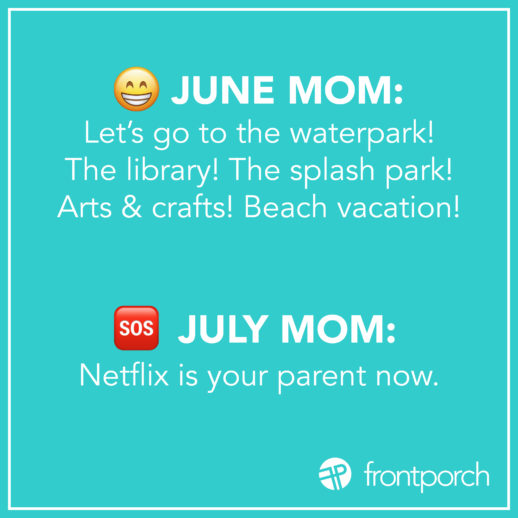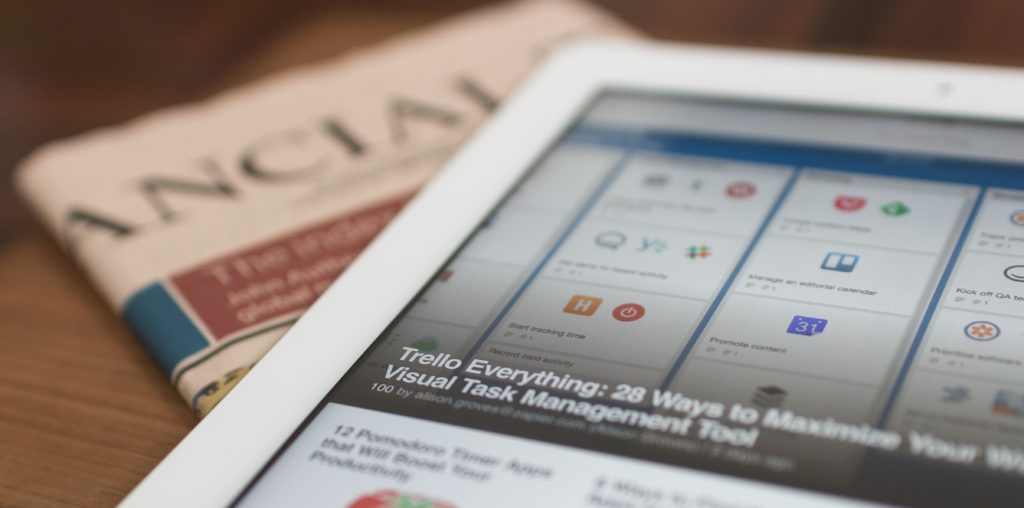A two-part series where we will explore 8 great ways you can market your company.
Marketing in many people’s minds conjures up glamorous images of flashy and expensive campaigns. The reality of effective marketing couldn’t be further from the truth.
Welcome to The Great 8 of Marketing Success! This is a two-part series where we will explore 8 great ways you can market your company.
And the best part? They are all extremely effective and low-cost.

Number One: Differentiation
What differentiates your offering from that of your competitors? If you don’t have a strong point of differentiation, the only option is to compete on price. That isn’t where you want to be.
Your point of differentiation is not customer service. We are all in the service business. It is a given.
Define what sets your company apart from the competition. Ask yourself:
- What is a superior performing aspect or expertise of your brand that has multiple customer benefits?
- What do your clients really appreciate about your service?
- Why are long term clients still with you?
- What was one of the nicest things a client ever said about how you conduct business?
Number 2: Brand Personality
Your brand must be both differentiating and emotionally relevant. Human beings buy based on their emotions and justify their decisions with logic later. How do you connect with your customers on a more human level? By infusing your brand with its own personality.
The purpose of brand personality is to capture the human characteristics that build and enhance a relationship between brands and consumers.
These characteristics, when executed consistently, make a brand likeable. This is particularly valuable for marketing because it determines whether the look and feel of the execution is right. If a communication does not pass our “personality test,” then the consumer should never see it.
Companies who invest in their brand enjoy the following benefits, to name a few:
- Higher price points and less pricing pressure
- Greater market value
- Reduced competition
- Increased business opportunities (partnerships, licensing deals, acquisitions)
Define your brand personality. What four to five adjectives define your brand?
Number 3: Marketing Plan
Marketing plans serve as a roadmap, with measurable goals and defined tactics outlining how you will reach those goals. A marketing plan also:
- Determines your marketing budget for the year
- Ensures that your company will be proactive and not reactive
- Keeps you focused on your target clients and customers. You can’t be relevant to everyone.
- Organizes your time and priorities
Components of a marketing plan include:
- Market research
- Target market
- Positioning
- Competitive analysis
- Metrics / Goals
- Strategies
- Tactics
- Budget
You need a roadmap, a marketing plan, to maximize your resources. Remember, hope is not a strategy. Having a sound marketing roadmap is.
Number 4: Business Card
Yes, even in today’s tech-savvy world, business cards are still relevant. We have all been in a place where the Wi-Fi connection was weak, or our cell service was spotty. It’s oftentimes easier and faster to hand someone your card.
Business cards create a quick first impression of your company. If they are different and/or cleverly designed, they can also set you apart from your competition.

Stay tuned for the Great 8, Part II. We’ll explore four more effective, low-cost ways you can market your company.










